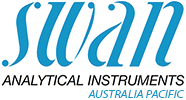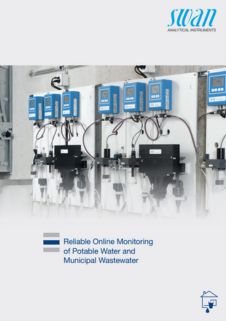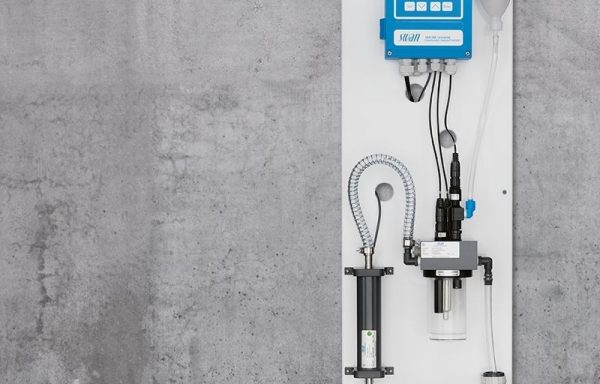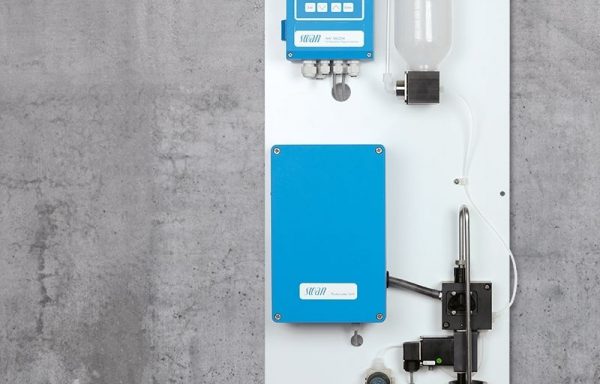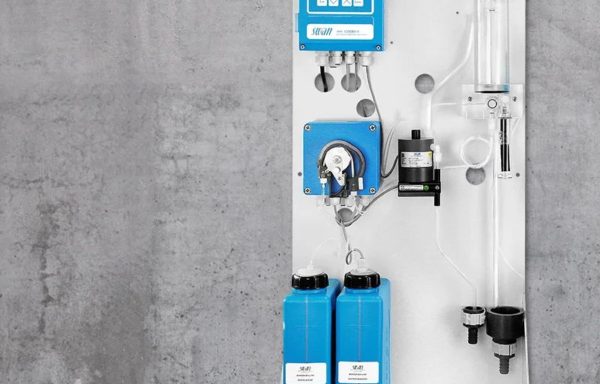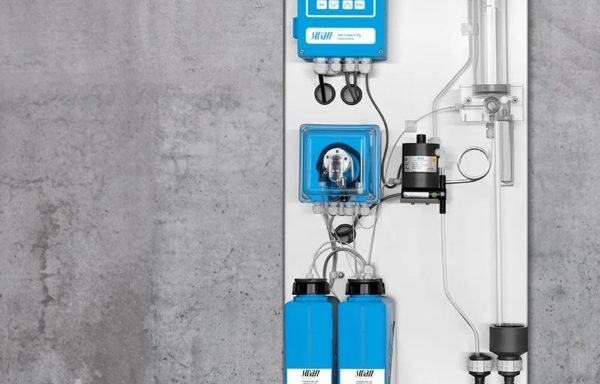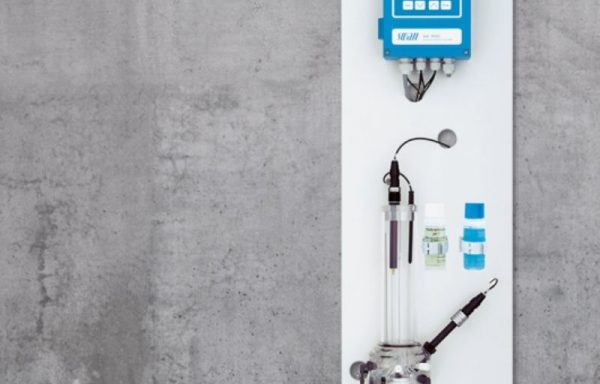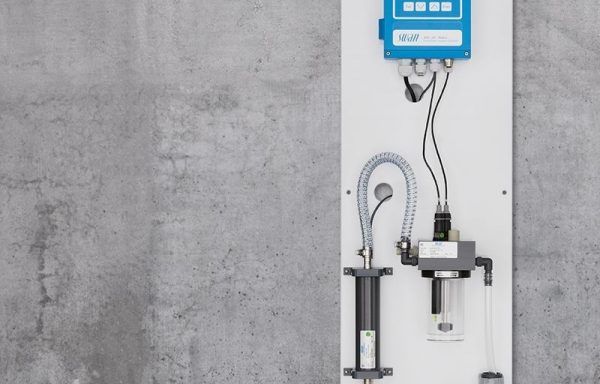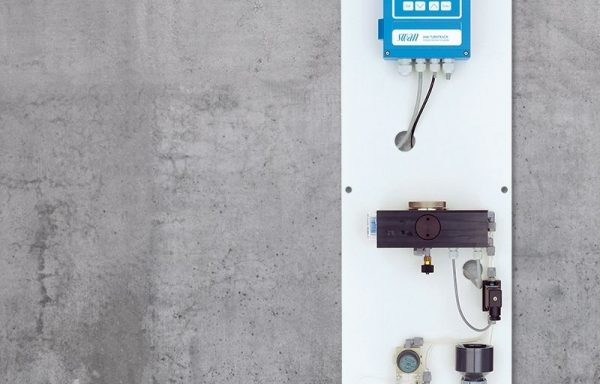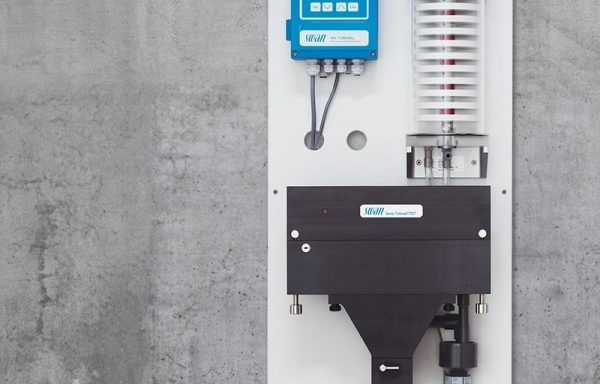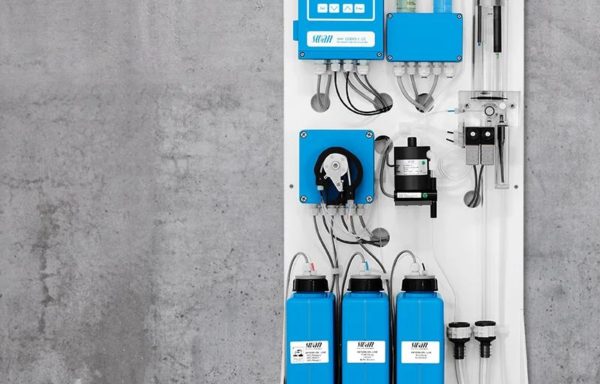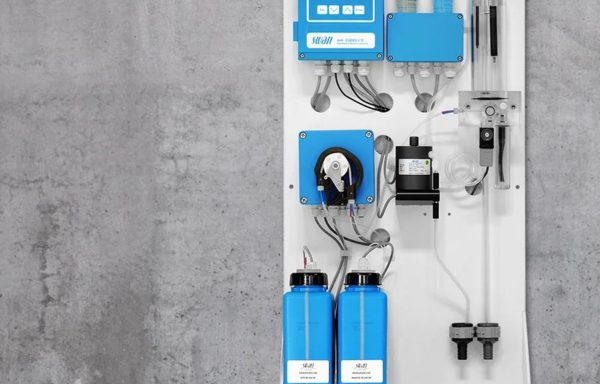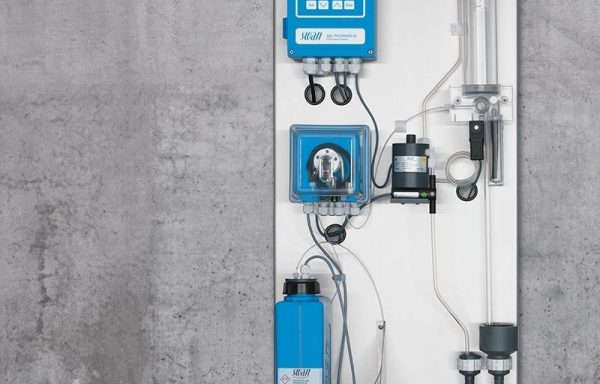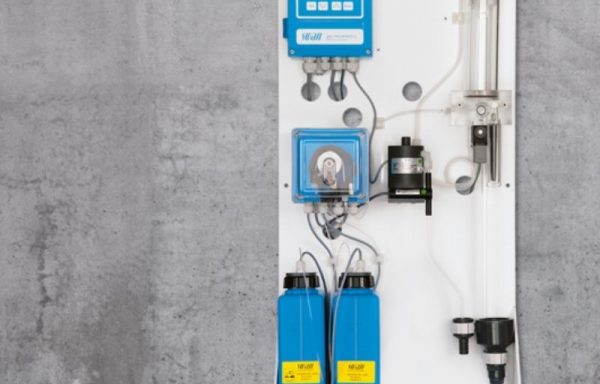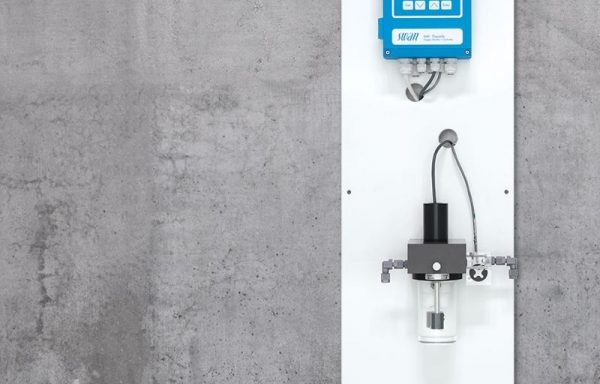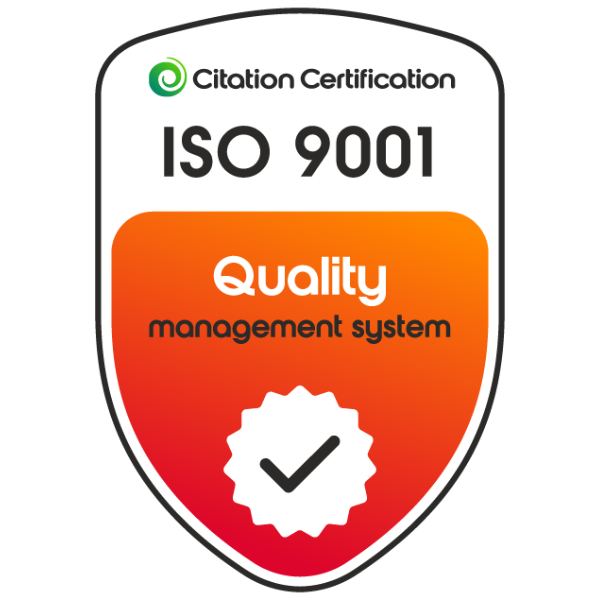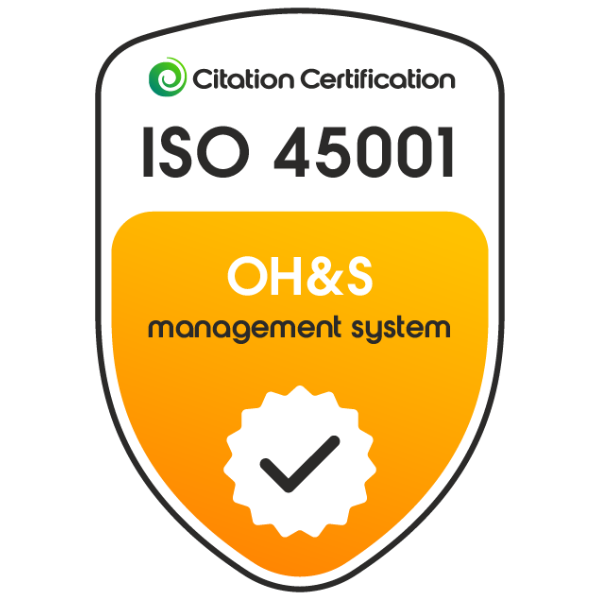Potable water treatment processes are a critical component of public health infrastructure. They have been optimised over the years to ensure maximum efficiency and compliance with stringent regulatory standards. One of the greatest advancements in public health during the 20th century was the disinfection of municipal drinking water. To preserve this legacy, it’s crucial to continuously monitor and safeguard the quality and integrity of our municipal drinking water systems.
Analytical testing serves a dual purpose in this context. Firstly, it helps comply with the regulatory standards laid down by the authorities. Secondly, it ensures the efficiency of the disinfection process and addresses any concerns related to taste or odour in the water.
Swan Analytical provides a range of instruments that are essential for monitoring key water quality parameters at every stage of the water treatment process. These include devices for monitoring chlorination and de-chlorination processes, as well as pH levels, conductivity, fluoride content, phosphate levels, and turbidity.
From the initial raw water intake stage, through purification, storage, and distribution, Swan’s analytical instruments offer benefits such as easy operation, low maintenance, and quick integration into existing water treatment setups.
Whether the need is for regulatory compliance or simply for optimising treatment procedures, Swan has suitable solutions for all requirements. By using Swan’s high-quality analytical instruments, water treatment facilities can ensure the delivery of safe, clean drinking water to their communities.

Typical Locations for Online Monitoring in Potable Water and Municipal Wastewater Treatment
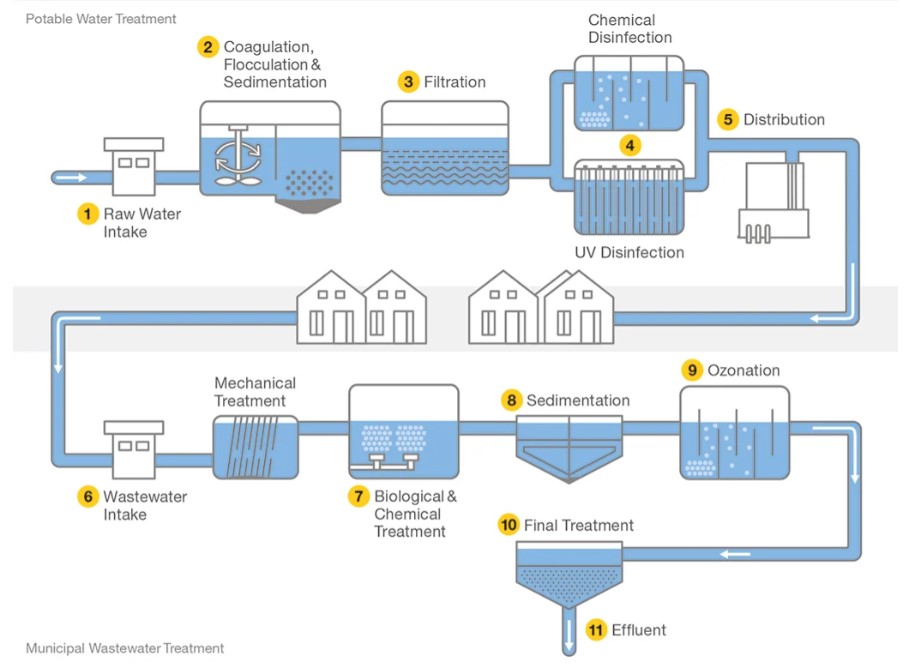
Potable Water Treatment
| 1 | Raw Water Intake | Conductivity (specific) Dissolved Oxygen pH Redox Potential Turbidity Ammonium Chlorine Fluoride Nitrate Ozone/Zero Ozone Phosphate SAC254 |
| 2 | Coagulation, Flocculation and Sedimentation | Conductivity (specific) Dissolved Oxygen pH Redox Potential SAC254 Turbidity Ammonium Chlorine Fluoride Ozone/Zero Ozone Phosphate |
| 3 | Filtration | Ammonium Chlorine Conductivity (specific) Dissolved Oxygen Ozone/Zero Ozone pH Redox Potential Turbidity Fluoride Nitrate Phosphate SAC254 |
| 4 | Disinfection | Ammonium Chlorine Conductivity (specific) Dissolved Oxygen Ozone/Zero Ozone pH Redox Potential Turbidity Fluoride Phosphate SAC254 Nitrate |
| 5 | Distribution | Ammonium Chlorine Conductivity (specific) Dissolved Oxygen Ozone/Zero Ozone pH Redox Potential Turbidity Fluoride Phosphate SAC254 Nitrate |
Municipal Wastewater Treatment
| 6 | Wastewater Intake | Dissolved Oxygen pH Redox Potential SAC254 Conductivity (specific) |
| 7 | Biological and Chemical Treatment | Dissolved Oxygen pH Redox Potential Conductivity (specific) |
| 8 | Sedimentation | Conductivity (specific) Dissolved Oxygen pH Redox Potential Ammonium Chlorine Fluoride Ozone/Zero Ozone Phosphate SAC254 Turbidity |
| 9 | Ozonation | Conductivity (specific) Dissolved Oxygen pH Redox Potential Ozone/Zero Ozone SAC254 |
| 10 | Final Treatment | Chlorine Conductivity (specific) Dissolved Oxygen Ozone/Zero Ozone pH Redox Potential SAC254 Turbidity Ammonium Fluoride Phosphate |
| 11 | Effluent | Chlorine Conductivity (specific) Dissolved Oxygen Ozone/Zero Ozone pH Phosphate Redox Potential SAC254 Turbidity Ammonium Fluoride |
* Italics indicates the application of instrument may be restricted by water quality or need further sample conditioning (e.g. filtration)
